Quandary Peak was first named in the 1860s when a group of mineralogists was unable to determine the classification of a mineral specimen discovered on its flanks. Since the dispute was never resolved, the group felt it appropriate to name the peak accordingly.
The tallest peak in Tenmile Range, Quandary has a summit of 14,265 feet within the White River National Forest, the most visited national forest in the nation. With 11 ski resorts, 2.3 million acres, eight wilderness areas, and 10 peaks over 14,000 feet, it is truly an incredible area to explore.
Quandary sees the majority of its traffic in the summer. Utilizing the East Ridge, throngs of hikers slowly make their way up the less-than-technical east ramp to the summit. In the winter, although far less crowded, Quandary still sustains a healthy amount of traffic. Due to its easy access and established trail, snowshoers and skiers alike frequent the summit.
Though the East Ridge is the preferred ascent, it is by no means the only option. With multiple options that vary in technicality and objective hazard, Quandary is a forgiving descent. Skiers and climbers alike can use Blue Lake Road to access the Christo Couloir on the south aspect of the mountain. Alternatively, the McCullough Gulch Trail allows access to the North Couloir, which is better known as the Quandary Couloir. Of the multiple ascents and descents, the Quandary Couloir is by far the most committing and consequential, presenting rockfall and hangfire hazards. The East Ridge maintains a relatively low average slope angle with no significant hazards and a ridge that offers safe zones throughout the ascent and descent.
From the parking lot the trail ascends 2.5 miles and 3,223 feet of elevation gain before reaching the summit. The climb is unrelenting, and it pays to find a comfortable pace knowing that fatigue will set in. With snow conditions varying drastically from the base to the summit, due in part to ambient air temperatures and aspect, it is crucial to start at an appropriate time for your anticipated pace. As a rule of thumb, it is always advised to begin your descent around 12 p.m., especially in the spring and summer when the potential for afternoon storms is high.
Skiers have the privilege of carving long arcing turns in Quandary’s upper east face, and it doesn't stop there. After transitioning and regaining the ridge, skiers can strap their skis back on and continue to descend the remaining 2,000 feet. Views are spectacular of Grays Peak and Torreys Peak to the east and the Collegiate Peaks to the south. The snow consistency begins to transition beneath your feet as you descend. A final bowl awaits your last turns before descending below treeline.

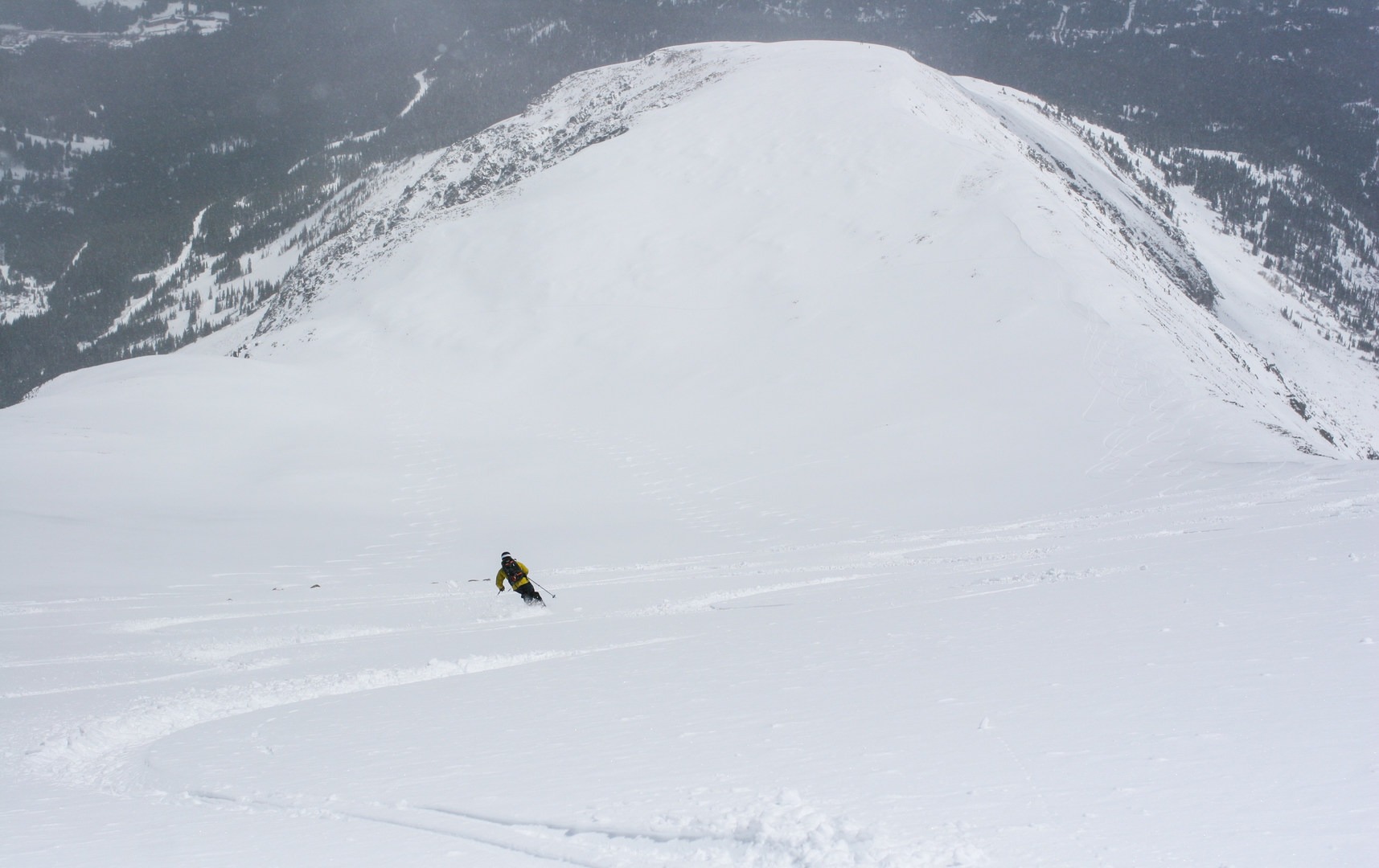






















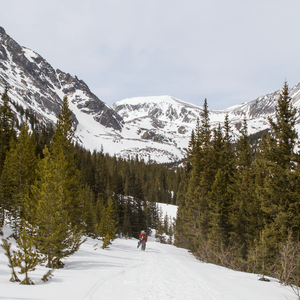

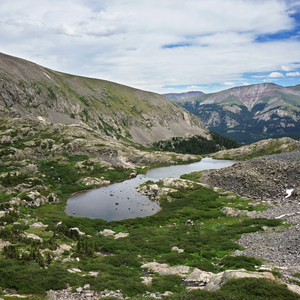
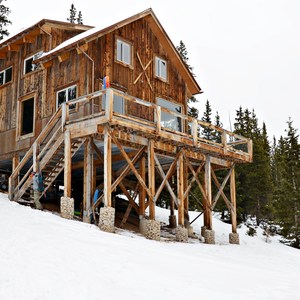
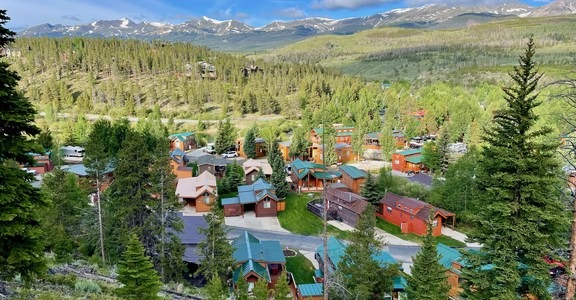
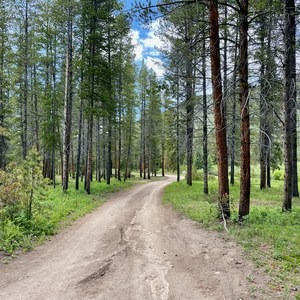



Comments
Sign In and share them.